Table of Contents
What Is Chipotle?
Chipotle is a smoked and dried jalapeño pepper known for its distinctive smoky, earthy flavor and moderate to high heat. It's a staple ingredient in Mexican cuisine and widely used in salsas, marinades, and sauces. The process begins with ripe red jalapeños that are dried and smoked over wood fires, intensifying their heat while adding a rich, complex smokiness.
If you've ever enjoyed Mexican dishes like chili con carne, mole, or guacamole with a smoky kick, you've likely experienced chipotle. Its versatility makes it a favorite among chefs and home cooks.
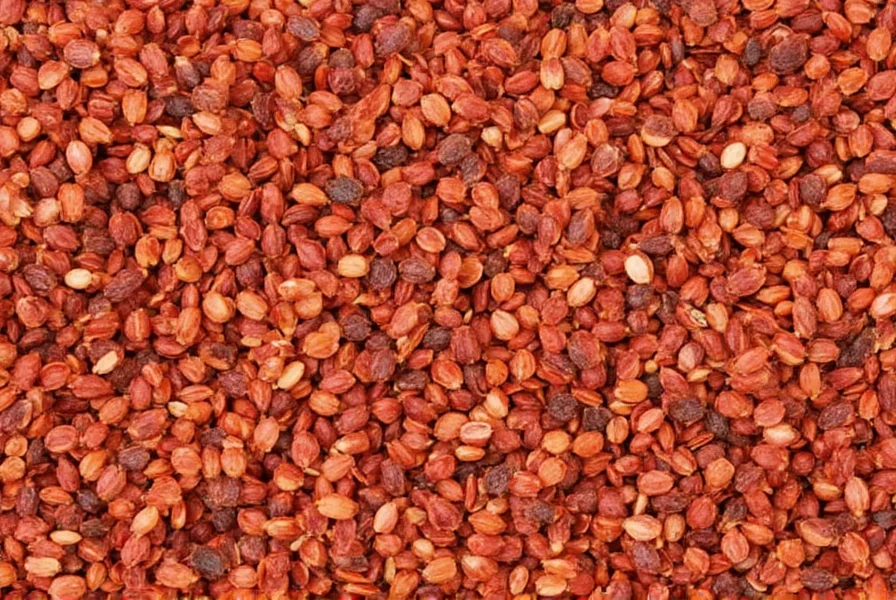
Chipotle vs. Other Chilies: What's the Difference?
| Chili Type | Flavor Profile | Heat Level | Common Uses |
|---|---|---|---|
| Chipotle | Smoky, earthy, slightly sweet | Moderate to high | Soups, stews, salsas, marinades |
| Ancho | Mild, sweet, fruity | Mild to moderate | Poblano peppers, sauces, enchiladas |
| Habanero | Spicy, citrusy, floral | Very high | Hot sauces, salsas, tropical dishes |
| Pasilla | Earthy, raisin-like, mild | Mild to moderate | Stews, mole, tamales |
Chipotle stands out with its signature smoky depth, making it ideal for dishes requiring rich, layered flavors. While not the hottest chili, it delivers a bold, unforgettable punch.
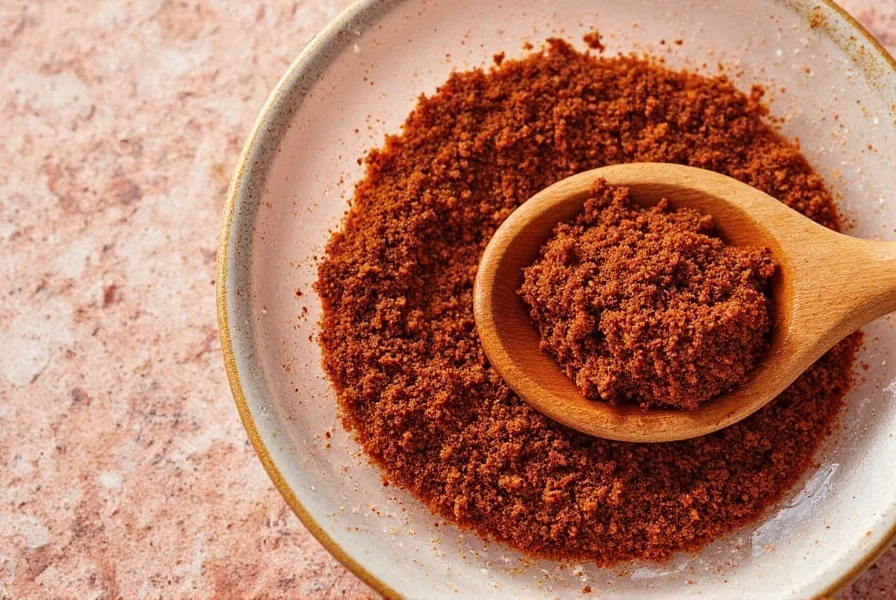
How to Use Chipotle in Your Cooking
Here are creative ways to incorporate chipotle into your meals:
- Chipotle in Salsa: Soak dried chipotles in warm water until soft, then blend with tomatoes, onions, garlic, and lime juice for a smoky, spicy salsa.
- Chipotle Marinade: Mix ground chipotle with olive oil, garlic, cumin, and lime juice for chicken, pork, or tofu.
- Chipotle Butter: Melt butter with chipotle paste and spread on bread, grilled veggies, or steak.
- Chipotle Soup: Add to creamy tomato soup or black bean soup for depth and heat.
- Chipotle Eggs: Enhance scrambled eggs, omelets, or breakfast tacos with smokiness.
Chipotle in adobo (canned peppers in tangy tomato sauce) is the most versatile form—perfect for quick sauces, marinades, or stews.
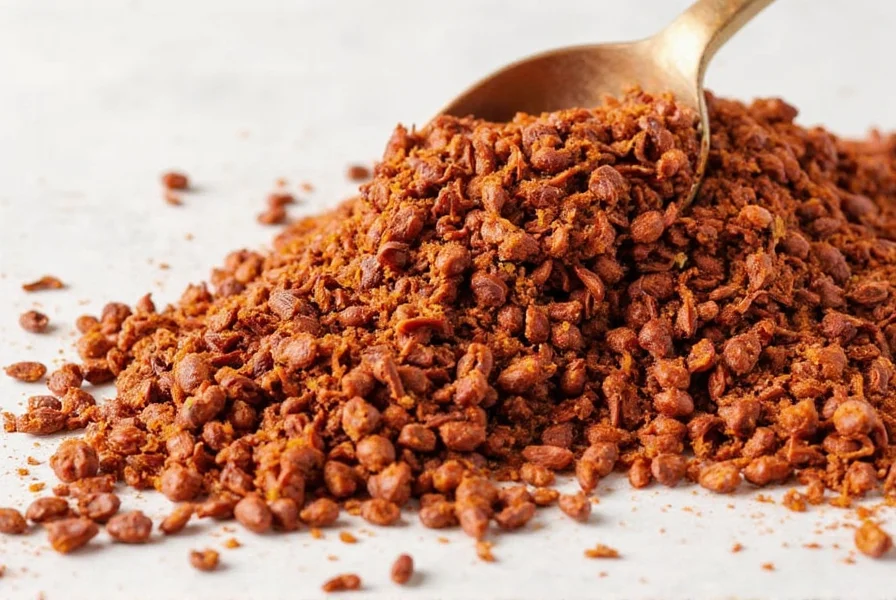
Buying Guide: Finding the Best Chipotle for You
Types of Chipotle Available
- Dried Chipotle: Whole smoked jalapeños. Ideal for soaking and blending. Choose firm, dark red peppers with no mold.
- Canned Chipotle in Adobo: Ready-to-use peppers in tangy sauce. Best for quick recipes and dressings.
- Chipotle Powder: Ground dried chipotle. Perfect for rubs and seasonings. Use sparingly due to potency.
Key Features to Look For
- Quality: Look for deep red color and smoky aroma. Avoid dull or stale peppers.
- Heat Level: Start with milder varieties if new to chipotle. Adjust by removing seeds for less heat.
- Brand Reputation: Trusted brands like La Costeña or Trader Joe's ensure consistent flavor.
Best Uses and Target Audience
- Home Chefs: Ideal for experimenting with smoky flavors in salsas, stews, and marinades.
- Professional Chefs: Essential for authentic Mexican cuisine and fusion dishes.
- Vegans & Vegetarians: Adds depth to plant-based dishes like black bean soups and roasted vegetables.
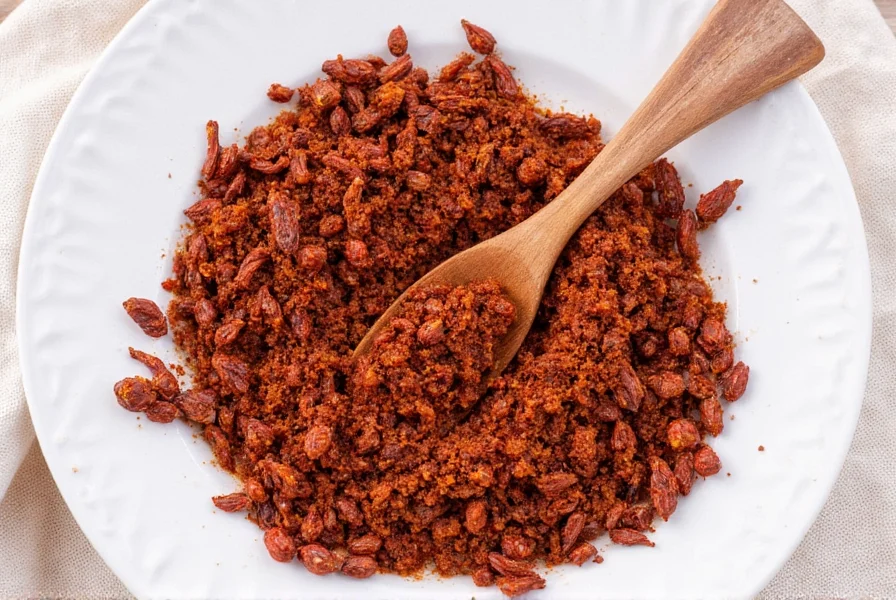
Tips and Tricks for Working with Chipotle
- Soak Dried Chipotle: Rehydrate in warm water for 20-30 minutes before blending.
- Adjust Heat: Remove seeds and membranes for milder flavor; keep for extra heat.
- Use Sparingly: Start with small amounts—chipotle is potent.
- Pair Wisely: Complements lime, garlic, cumin, avocado, and tomatoes.
- Store Leftovers: Freeze canned adobo in ice cube trays for up to 6 months.
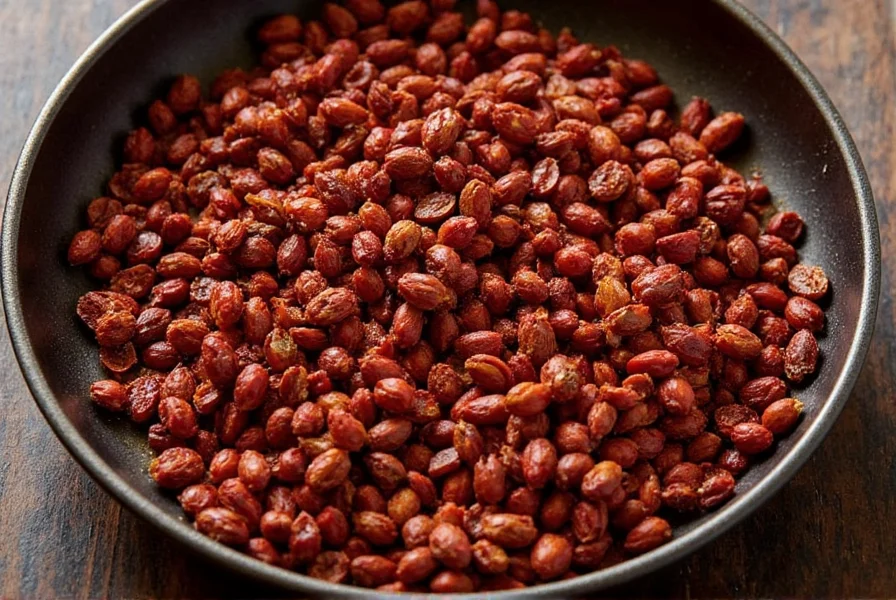
Frequently Asked Questions (FAQ)
What exactly is chipotle?
Chipotle is a smoked and dried jalapeño pepper. It starts as a ripe red jalapeño that undergoes a smoking process over wood fires until fully dehydrated, resulting in a deep red, wrinkled pepper with a distinctive smoky, earthy flavor and moderate to high heat.
How is chipotle different from regular jalapeño?
While jalapeños are fresh green peppers, chipotles are specifically the smoked and dried version of ripe red jalapeños. This curing process transforms their flavor profile, adding intense smokiness and concentrating heat, making chipotles significantly more complex and hotter than fresh jalapeños.
What does "chipotle in adobo" mean?
Chipotle in adobo refers to smoked chipotle peppers canned in a tangy, tomato-based sauce with vinegar, garlic, and spices. This preparation preserves the peppers while adding layers of flavor, making it a versatile ready-to-use ingredient for marinades, sauces, and stews.
How hot are chipotle peppers on the Scoville scale?
Chipotles typically range from 2,500 to 8,000 Scoville Heat Units (SHU). While this overlaps with fresh jalapeños (2,500–8,000 SHU), the smoking process often concentrates capsaicin, making chipotles feel noticeably hotter in practice. Heat levels can vary based on growing conditions and preparation.
Can I substitute chipotle powder for canned chipotle in adobo?
Yes, but with adjustments. Use ½ teaspoon chipotle powder for every 1 canned chipotle pepper, and add 1 teaspoon of tomato paste plus a splash of vinegar to replicate the adobo sauce's tangy depth. Always start with less powder—you can add more later as it's highly concentrated.
How should I store leftover chipotle peppers?
Transfer unused canned chipotle peppers with their adobo sauce to an airtight container and refrigerate for up to 3 weeks. For longer storage, freeze in ice cube trays (1 pepper per cube), then transfer frozen cubes to a bag for up to 6 months. Dried chipotles keep for 1–2 years in a cool, dark pantry.
Conclusion
Chipotle is a smoky, spicy, and deeply flavorful chili that brings a unique character to any dish. From its origins as a smoked jalapeño to its modern-day versatility in kitchens worldwide, it's a staple for both amateur enthusiasts and professional chefs.
Understanding chipotle's flavor profile and proper usage transforms your cooking. Whether making salsa or mole, its layered complexity elevates meals from good to unforgettable.
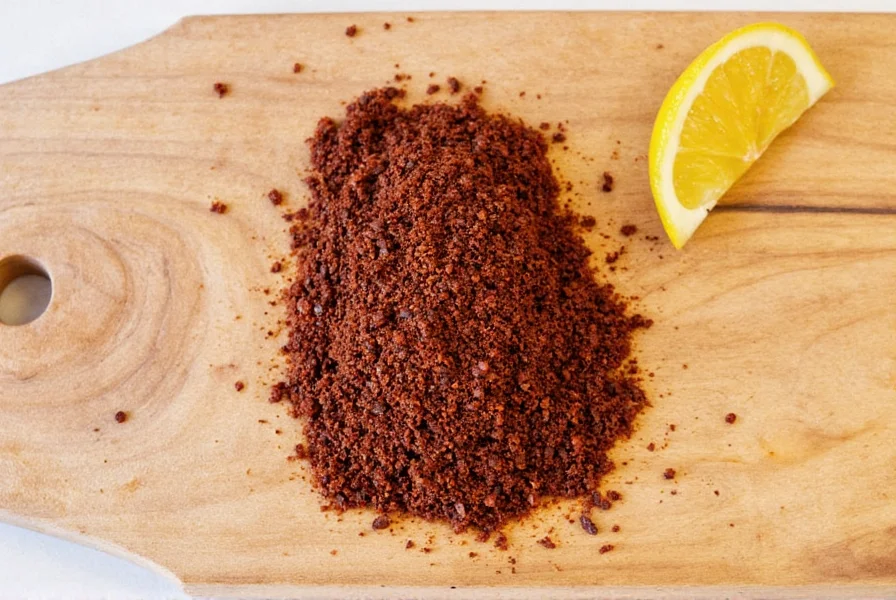

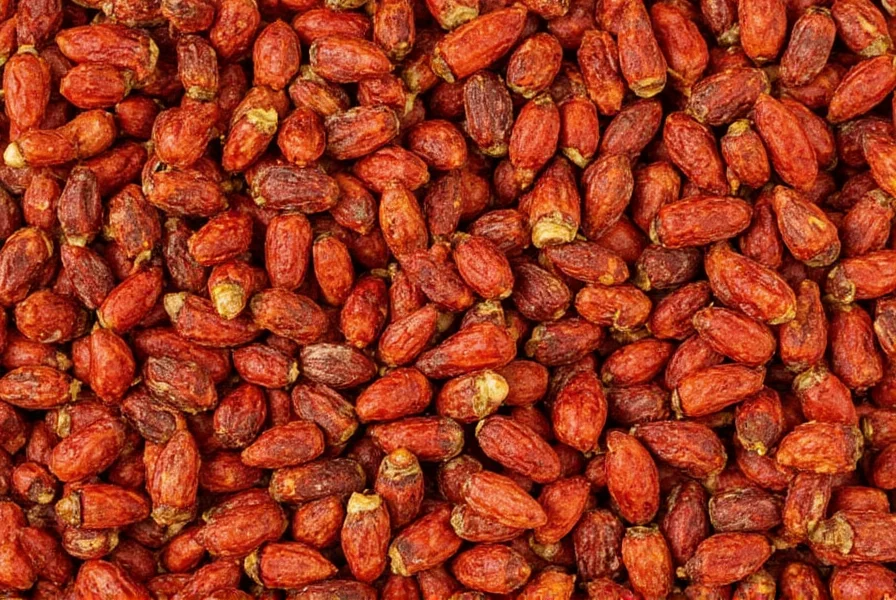









 浙公网安备
33010002000092号
浙公网安备
33010002000092号 浙B2-20120091-4
浙B2-20120091-4